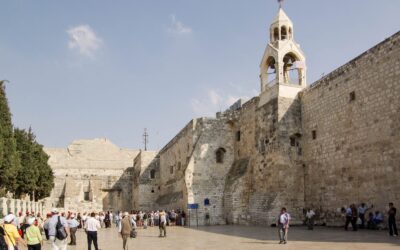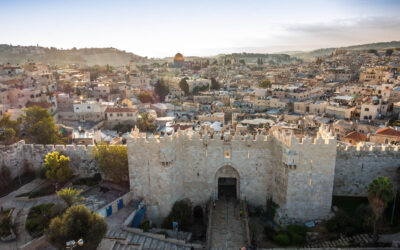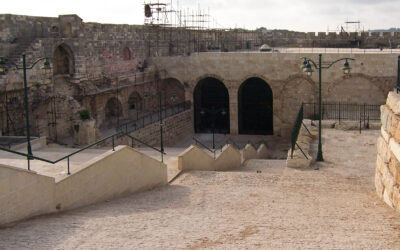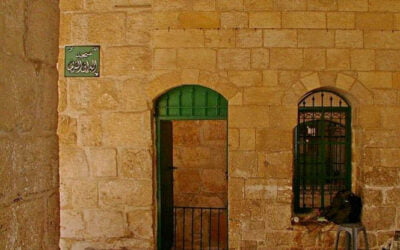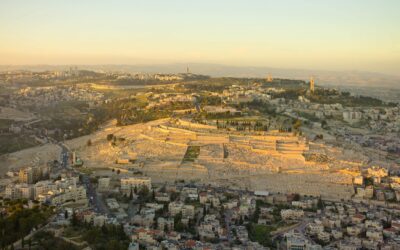MUSJID AL-AQSA
- Musjid al-Aqsa is no ordinary Musjid. Its precincts have been sanctified and its blessedness has been explicitly mentioned in the Noble Quran. Known as the Haram al-Sharif, (the Noble Sanctuary) it is the third most sacred place in Islam. It is the site of the miraculous night journey (Al-Isra wal-Mi’raj’) of Prophet Muhammad ﷺ, and was also Islam’s first Qiblah (direction for prayer) up until the second year after migration. Musjid al-Aqsa – which literally means the ‘Farthest Musjid’ – therefore has a special place in the hearts of Muslims.
- The Prophet ﷺ extolled the blessings of the Musjid in many hadith. One such hadith narrated by Abu Darda RA, states that the Prophet ﷺ said, “ A prayer in Makkah is worth 100,000 times, a prayer in my Musjid (Madina) is worth 1,000 times, and a prayer in al-Aqsa is worth 500 times more than anywhere else”. [Al-Tabarani, al-Bayhaqi and al-Suyuti]
- The Musjid was also closely intertwined with the lives of many of the Prophets of Islam and especially that of Ibrahim AS and Dawud AS.
- In terms of the history of the Musjid after the Prophet ﷺ, it was Umar RA who rebuilt it during his Caliphate. After being welcomed to liberate the city in 638 CE, Umar RA entered the city with approximately 40 000 Companions and went to the spot where the Musjid stood. He arrived at a barren plot that was previously used as a rubbish tip by the Romans. He began cleaning the area with his own hands and thereafter ordered the reconstruction of the Musjid.
- In 690CE, Abd’ al Malik bin Marwan RA began the expansion of the Musjid as well as the remodeling of the Haram al-Sharif. The complex was completed by his son Walid a few years later.
- Over the next few centuries the Musjid was damaged and rebuilt a few times due to destruction caused by earthquakes.
- When the Crusaders took the city in 1099CE, they massacred thousands of Muslims inside the Musjid and then turned it into a palace and stables.
- It was only when Salah al-Din reclaimed Jerusalem in 1187, was the Musjid cleansed, restored and renovated.
- The Musjid is part of a wider compound which includes the Dome of the Rock, seventeen gates and four minarets all of which is referred to as the Haram al-Sharif. The Musjid itself is rectangular in shape and measures 50m x 80m while the entire compound covers approximately 144 000m2 which is about 1/6th of the entire area of the Old City.
- Beneath the Musjid lies what is known as the ‘Old Musjid al-Aqsa’ (Aqsa al-Qadim) which are two hallways or tunnels that used to lead to the Hulda gates on the southern wall which were subsequently closed off. The tunnels were used by the Umayyads to get to and from their palaces which lay just beyond the Hulda gates.
- This area is linked to what it called the Marwani Musjid.

